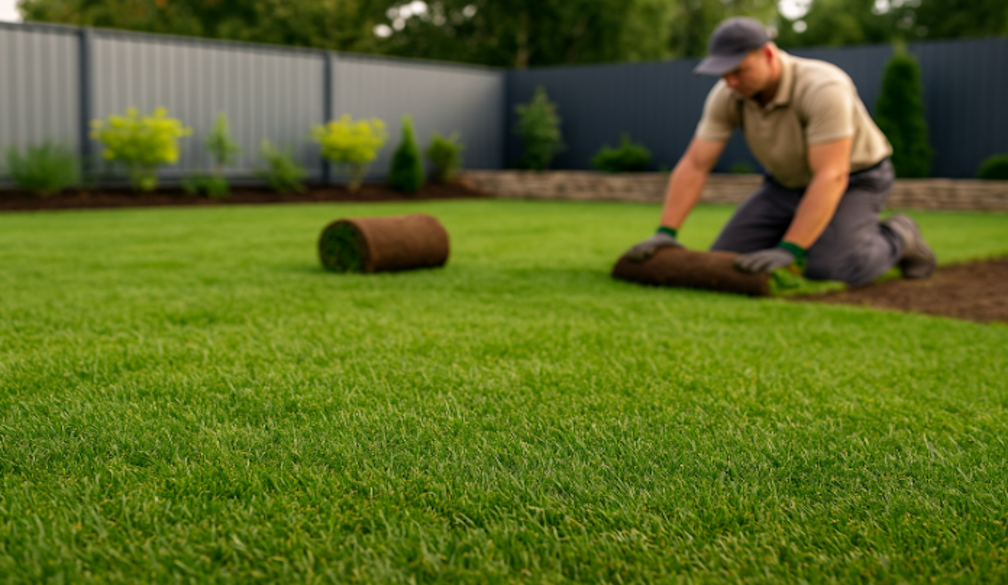How low can we go? To cut the carbon that goes into buildings to net zero, we need radical change
- Written by Philip Oldfield, Head of School and Professor of Architecture, UNSW Built Environment, UNSW Sydney
Buildings are one of our biggest contributors to global heating. They produce 37% of all greenhouse gas emissions from energy use and production processes. Building emissions are made up of two parts: operational carbon (from energy used to heat, cool and power buildings) and embodied carbon (due to material use and construction).
We know how to reduce operational carbon to net zero by increasing insulation and air-tightness, and by using renewable energy. It’s entirely unclear how we’ll get down to net-zero embodied carbon.
Embodied carbon amounts to about half a new building’s lifetime emissions, so it’s essential to reduce it. As operational carbon emissions are cut, embodied carbon’s share of building emissions could rise to 85% by 2050. So vexed is this problem that some have called for a general “halt to new construction” in the developed world.
Our new research shows while we can greatly reduce embodied carbon in Australia, it will require radical changes in how we design, construct, use and reuse buildings.
Embodied carbon remains unregulated
One of the biggest challenges is that embodied carbon is entirely unregulated, except in five countries – Denmark, Finland, France, the Netherlands and Sweden – that have brought in minimum standards. In most other places, it can effectively be as high as you like.
This is a problem, because the materials we use to build have enormous environmental impacts. Cement production is responsible for 8% of all greenhouse gas emissions and steel another 7%. Aluminium, copper, glass, bricks and more all add significantly to global emissions.
In response, the World Green Building Council has set targets to reduce embodied carbon by 40% by 2030, and to net zero by 2050. But there is little consensus about how this can be achieved, or even if it’s possible.
How low can we go?
Our study explores the extent to which we can reduce embodied carbon in Australian office buildings.
We took a “best practice” office building with a hybrid structure of timber and concrete, and redesigned it with a standard concrete frame to reflect a more conventional building. We then measured their upfront embodied carbon – the carbon needed to construct each building in the first place. The best-practice example had 14% less embodied carbon than the conventional building – good, but some way off our 2030 aspirations.
So, we redesigned the building again. We made the structure entirely timber and added columns to remove the need for beams. This might seem like a minor change, but more columns would require a shift away from the “open plan” offices that have become the norm.
We also used straw insulation in the walls, reduced glazing and unnecessary finishes, and increased reused and recycled materials throughout. By the end we had cut the upfront embodied carbon by 45%, from 520 kilograms of CO₂ equivalent per square metre to 287kg. But many of the moves we made are far more radical than common industry practice.
Wood is good, but isn’t the whole solution
We also tested to see if we could reach net zero embodied carbon by including the “biogenic carbon” stored in the timber and straw. When plants grow, they absorb carbon dioxide and store the carbon in their biomass. Including this stored carbon meant we could achieve net zero and even net negative embodied carbon results – more carbon was stored in the materials than was emitted to construct the building.
This sounds great in theory. In practice it’s a bit of an accounting trick. For instance, it leads to a paradoxical situation where adding more timber to a building, even when it isn’t needed, reduces the emissions on paper.
It can also lead to problems in the future. Any carbon stored in natural materials will always be released at the end of the building’s life, when the materials are burnt, go to landfill or are recycled. This means while embodied carbon may be low or even negative to start with, there will be a spike in emissions years down the line.
However, our study shows small decisions can have a big impact. Of all the changes we made, the one that reduced embodied carbon the most was simply replacing carpet with hardwood floors. This saved 625 tonnes of carbon (77kg per square metre). This was due to carpet having to be replaced every ten years and hardwood lasting three times longer.
3 essential steps to make bigger reductions
Part of the challenge with embodied carbon is just how much we’re going to build in the coming decades. It’s estimated there will be 230 billion square metres of new construction between 2020 and 2060. That’s equivalent to constructing the floor area of all the buildings in Japan, every year, for 40 years.
If all this was built in the same way as the typical office building in our study, it would add 120 billion tonnes of greenhouse gas emissions. Construction alone would use up almost half of our total remaining carbon budget to stay within 1.5°C global warming. This is inherently unsustainable and demonstrates the scale of the challenge we face.
While our research shows how we can reduce this impact, reductions beyond 45% will require more systemic changes. We will need to:
regularly retrofit and reuse the buildings we already have, instead of creating entirely new ones
recycle and reuse materials more, instead of using new materials
build smaller buildings, and fundamentally question just how much floor area we actually need.
These options may seem radical, but climate science tells us we must cut emissions now to avoid catastrophe. A 40% reduction of embodied carbon today, through the measures we outline, would be a good start on the pathway towards a low-carbon built environment.
We would like to acknowledge Damian Hadley, Scott Balmforth and Anh Nguyen for their contributions to this research.
Authors: Philip Oldfield, Head of School and Professor of Architecture, UNSW Built Environment, UNSW Sydney



















